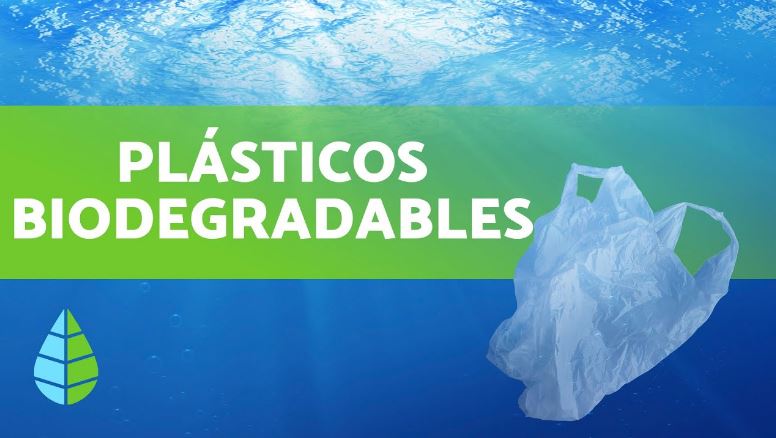The problem that exists with plastic waste is more than evident. There are several studies that show that badly managed plastic is a serious problem: plastic islands in different geographical points, percentage of plastic waste in the sea (more than 50% of waste in the sea is single-use plastic), microplastics of different origins, etc. This fact has generated a negative view of plastic.
This concern is present in the new legislative framework in which the packaging sector finds itself, and in 2018, action on plastics was identified as a priority in the Circular Economy Action Plan. In 2019, the European Commission published ‘A circular economy for plastics’ where the problem is described in detail, the impacts of plastic pollution on society and the environment. The same year, the European Parliament and the Council of the European Union published the ‘SUP Directive’ on single-use plastics. Recently, the ‘Green Deal’ disseminated the compilation of the decisions taken and the Road Map of this summarized green pact in Europe. In Spain, already in 2018 they were working on a guide document for a circular economy, and finally the ‘Spain 2030: Spanish Circular Economy Strategy’ has been published. Actions, both national and European, are being carried out for a change that has sustainability as its guideline.
Within the different ways of working, the path of bioplastics is foreseen as part of the solution to the problem. It is a measure that is gaining strength, with a current trend of growth in production, development and applications, accompanied by state and European guidelines, which places this type of material in the central focus of a circular economy for the plastics industry.
However, the related transformation processes require a deeper understanding (thermal behavior, degradation mechanisms, crystallization, etc.). During this last year and a half, Industrias Plásticas Triana and Eurecat have carried out a study of plastic materials that are more environmentally friendly and compatible with Triana products. This study aims to find a viable alternative to the material currently used for a specific case. In this way, Industrias Plásticas Triana will find the viability of incorporating into its product catalog, new types of products made with bioplastics that are sustainable and biodegradable.
Once the appropriate materials have been found, we want to carry out a first pilot test, with existing parts on the market which will give us the quantification and viability of the project. The estimate is to manufacture 5% of the selected packaging in biodegradable material next year and 50% in 2025 and 1% and 10% respectively of the company’s total production in the category of consumer packaging.
Finally, it is worth mentioning that the objective of the project has been successfully achieved, finding a group of bioplastics to be used as more sustainable materials in a specific container, a salt shaker. These results represent a start on the path to a circular economy, increasingly sustainable and with less environmental impact. Industrias Plásticas Triana will be able to offer biodegradable packaging to help reduce plastic waste.
It is expected that the path taken will not stop, and the work will be transferred to other packaging to expand the range of biodegradable products. In addition, tests will be carried out under standard to verify the biodegradability of the container.
This project has been subsidized by the Agència de Residus de Catalunya and has the participation of the cluster.

